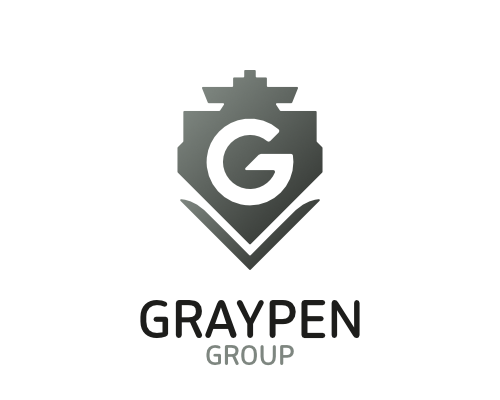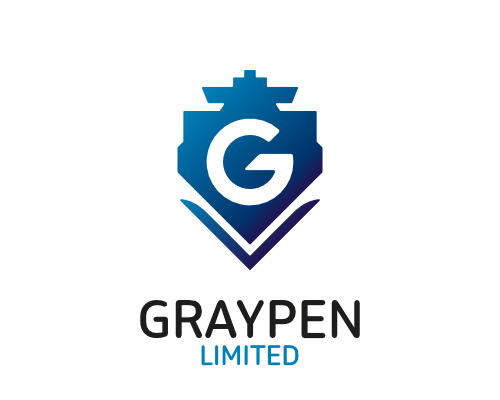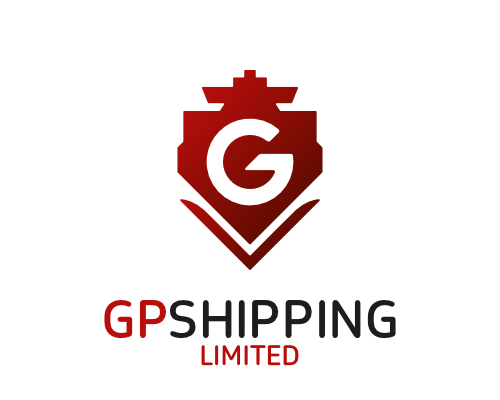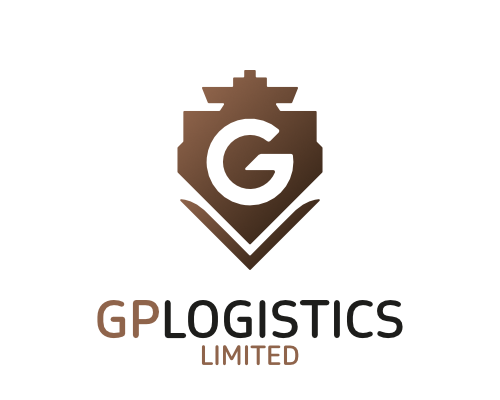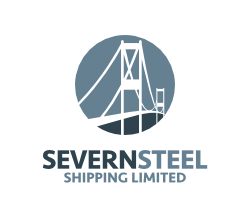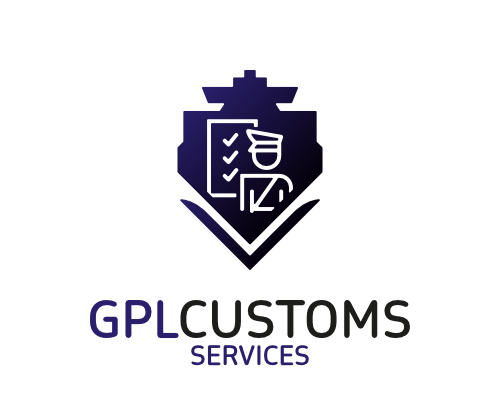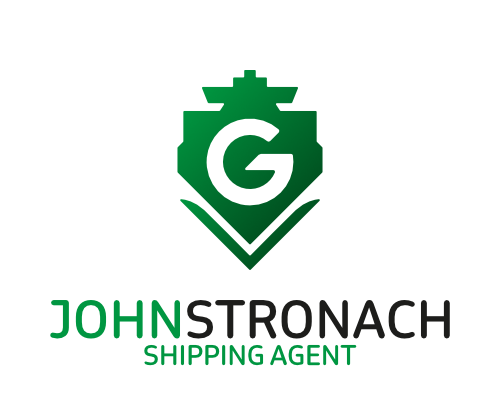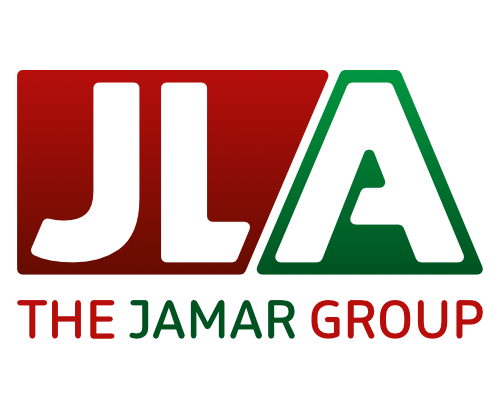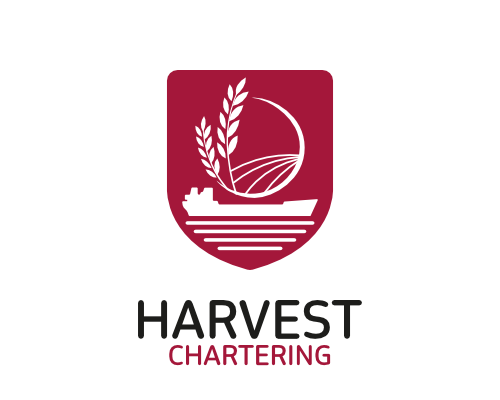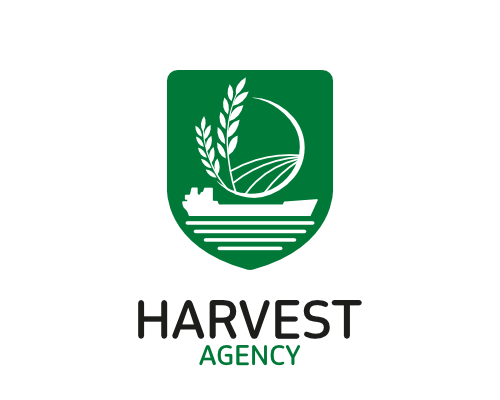
Latest Blogs
Archive
2025
2 Blogs
December
1 Blog Item
August
1 Blog Item
February
2 Blog Items
2024
4 Blogs
October
1 Blog Item
June
3 Blog Items
Commodity Codes UK: Everything You Should Know
What are “Commodity Codes”?
Commodity codes (sometimes referred to as “tariff codes”) are a globally-recognised means of identifying and describing items for Customs clearance purposes. They are inserted into any import or export documentation you may prepare. In simple terms, a commodity code enables border officials/customs to check that what you are importing is both legal and safe. They fall under Trade Tariff rules so that any duty and tax (VAT) rates can be calculated and the amount needing to be paid assessed correctly.
In the UK, imports are classified using all 10 digits of the commodity code, while exports are classified using the first eight digits of the code only. Since January 2022, as part of Brexit harmonisation, UK commodity codes have been incorporated into the UK Global Tariff.
How do you find a commodity code for a product?
To be able to insert a commodity code into your paperwork (for exports as well as for imports), you will need the details of the product or good you are importing (or exporting). This generally includes the internationally established Harmonised Tariff System (HS) code, while the last four digits are for use with the UK and EU.
There are very simple rules of thumb to assist you with finding your code:
- 1. Your product type
- 2. What it will be used for
- 3. The material it is made/manufactured from
- 4. How it is manufactured
- 5. How it is packaged
How do the ten commodity code numbers work with so many products to classify?
For starters, the use of numbers transcends language barriers. The numbers remain the same while the relevant language is correctly and uniformly translated by the destination country to avoid any ambiguity on the part of the importing country’s customs agents.
The 10-digit number you deal with is actually made up of five different pairs of codes in a hierarchical structure. Each of these pairs points to a certain chapter and section of the Harmonised Tariff System code listing.
There are 99 “Chapters” of product classifications, in 21 “Sections”, with Chapter 77 reserved for the somewhat surreal, and currently empty “metals that may exist, but haven’t yet been discovered or traded”.
The first six numbers are the international HS numbers:
The first pair of numbers point to the product “chapter” which is the classification for a product as defined within the 21 HS main “sections” of products. Let’s take, for example, a t-shirt. We look to “Textiles and textile articles” and to the main Section 11 (chapters 50-63): “textiles and articles thereof”, identifying Chapter 61 as “t-shirts, singlets and other vests, knitted or crocheted”
-
Our first two number are now 61
The second pair of numbers form the “heading” for which there are over a thousand numbers to choose from; in Chapter 61, of we continue to 6109, we will find “T-shirts, singlets and other vests, knitted or crocheted” -
Our number is now 6109
The third pair of numbers form the “subheading” to narrow down the t-shirt classification further. There are over 5000 of these. However, it is relatively easy to find the subheading “Off cotton” at Subheading 10. -
Our number is now 6109.10
The final four numbers will be the UK’s specific unique full commodity, dependent on several factors unique to the UK’s commodity code rules. The fourth pair is referred to as the Combined Nomenclature (CN) Heading, aimed at meeting the stipulations for both the Common Customs Tariff and those of the EU's external trade statistics. The final pair make up the National Sub-Heading providing extra context as to the make-up of the good.
Your final number might look something like 6109.10.1000 depending, as in our example, on the particular t-shirt product and what is it manufactured from.
Origin of goods rules
Once goods have been classified, you need to review the rules of origin, (Annex 3, page 1021 [Product specific rules of Origin] of the Trade and Cooperation Agreement), especially if undertaking business under free trade agreement with the EU. In summary, the types of rules are:
- wholly obtained good manufactured only from UK or processed EU materials.
- change of commodity code to include a classification of all non-originating materials and parts.
- value added or percentage rule where the value of non-UK/non-EU originating materials may not go over a specific percentage of the ex-works product price.
- specified processes that take place in specific industries that mean a good can claim the origin rule.
However, you must carefully review the rules of origin which are beyond the scope of this blog. Ensuring you use the correct codes means you can benefit from free trade agreements and with those, lower tariff charges for certain products.
It is important to get your HS codes correct
Unless you have the correct HS codes, you may find your goods delayed and extra charges applied.
For example, with a wrong code, this could lead to a delay in port clearance and you being charged extra for storage. Another example is, if customs think there is a deliberate wrong use of the HS code, they may assume you are trying to avoid taxes and duties.
An outline of Commodity Code Sections and Chapters
Section one (chapters 1-5): live animals
Section two (chapters 6-14): vegetables and vegetable
products
Section three (chapter 15): animal and vegetable oils
Section four (chapters 16-24): prepared foodstuffs -
Note that chapters 22 and 24 are excise goods (alcohol and
tobacco). Chapter 23 is for animal food and waste
products.
Section five (chapters 25-27): minerals
Section six (chapters 28-38): chemical products
Section seven (chapters 39-40): plastics and rubber, and
articles thereof
Section eight (chapters 41-43): consumable animal and plant
products
Section nine (chapters 44-46): wood and articles thereof
Section 10 (chapters 47-49): pulp of wood and other fibrous
products, paper and articles thereof
Section 11 (chapters 50-63): textiles and articles
thereof
Section 12 (chapters 64-67): footwear, headgear, umbrellas,
walking sticks, whips, and other articles
Section 13 (chapters 68-70): non-metallic mineral products -
stone, plaster, cement, ceramic and articles thereof
Section 14 (chapter 71): precious metals and stones, pearls,
imitation jewellery, coins
Section 15 (chapters 72-76, 78-83): base metals and articles
of base metals
77 removed due to there being no HS codes. This chapter is
kept for metals that may exist but have not yet been
discovered or traded
Section 16: chapters 84-85: machinery and mechanical
equipment for sound and imagery, and accessories thereof
Section 17 (chapters 86-89): specialised machinery for the
transport sector
Section 18 (chapters 90-92): optical, cinematic, measuring,
musical and medical apparatus and instruments
Section 19 (chapter 93): Arms and ammunition
Section 20 (chapters 94-96): miscellaneous: toys, furniture,
games, signs
Section 21 (chapters 97-99): works of art and tariff
provisions reserved for special use.
There is an “A-Z of Classified Goods” available here from gov.uk that can help you with finding the correct tariff code for a good. There is also help there on finding codes for hard-to-classify goods.
Contact us for guidance and support in all your commodity needs.


